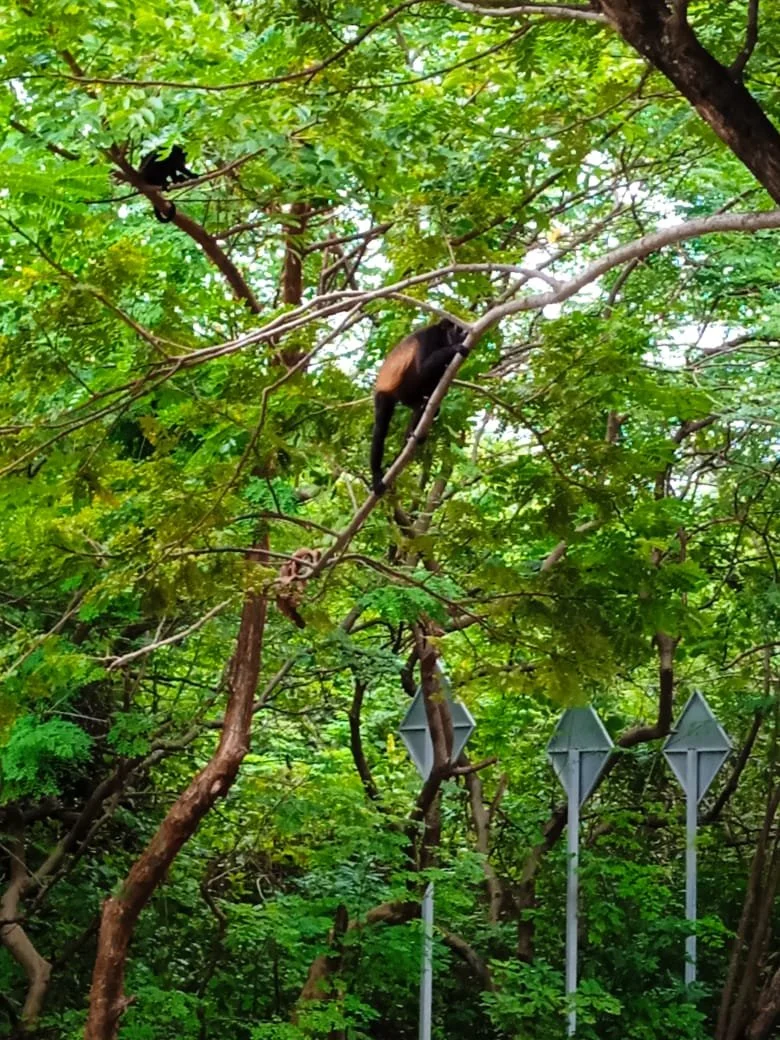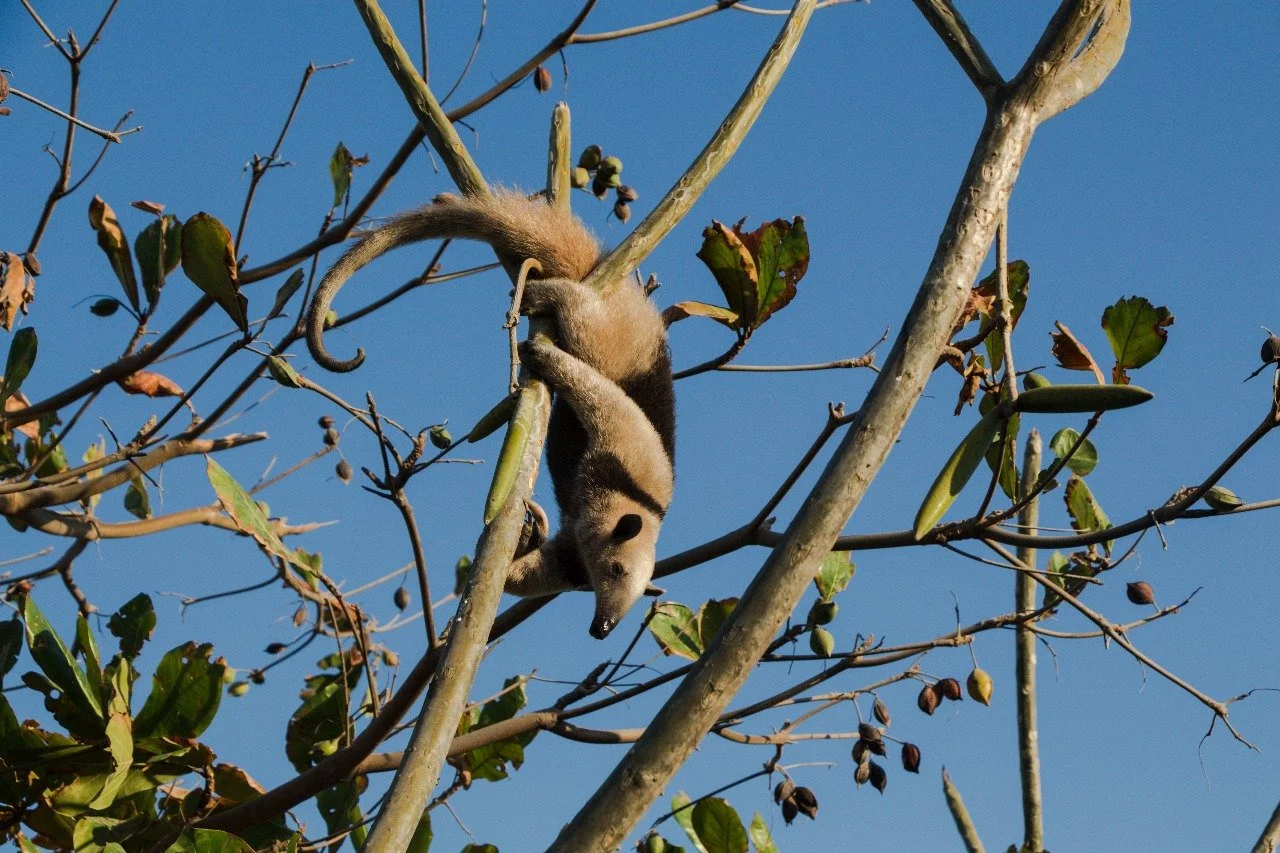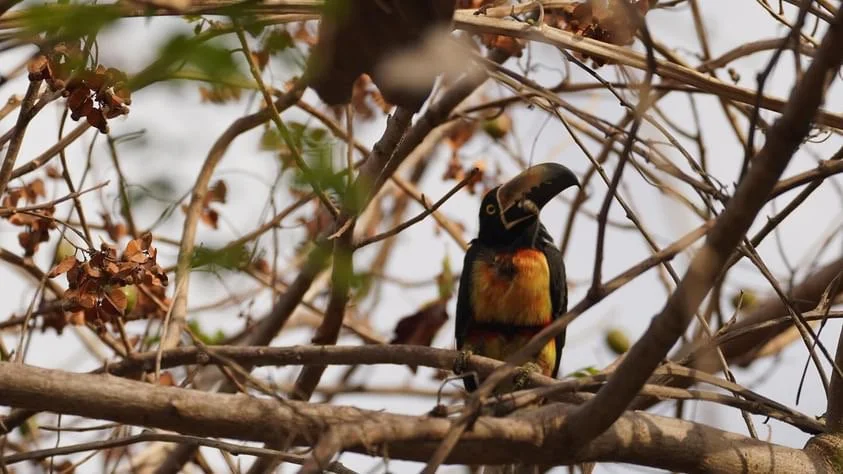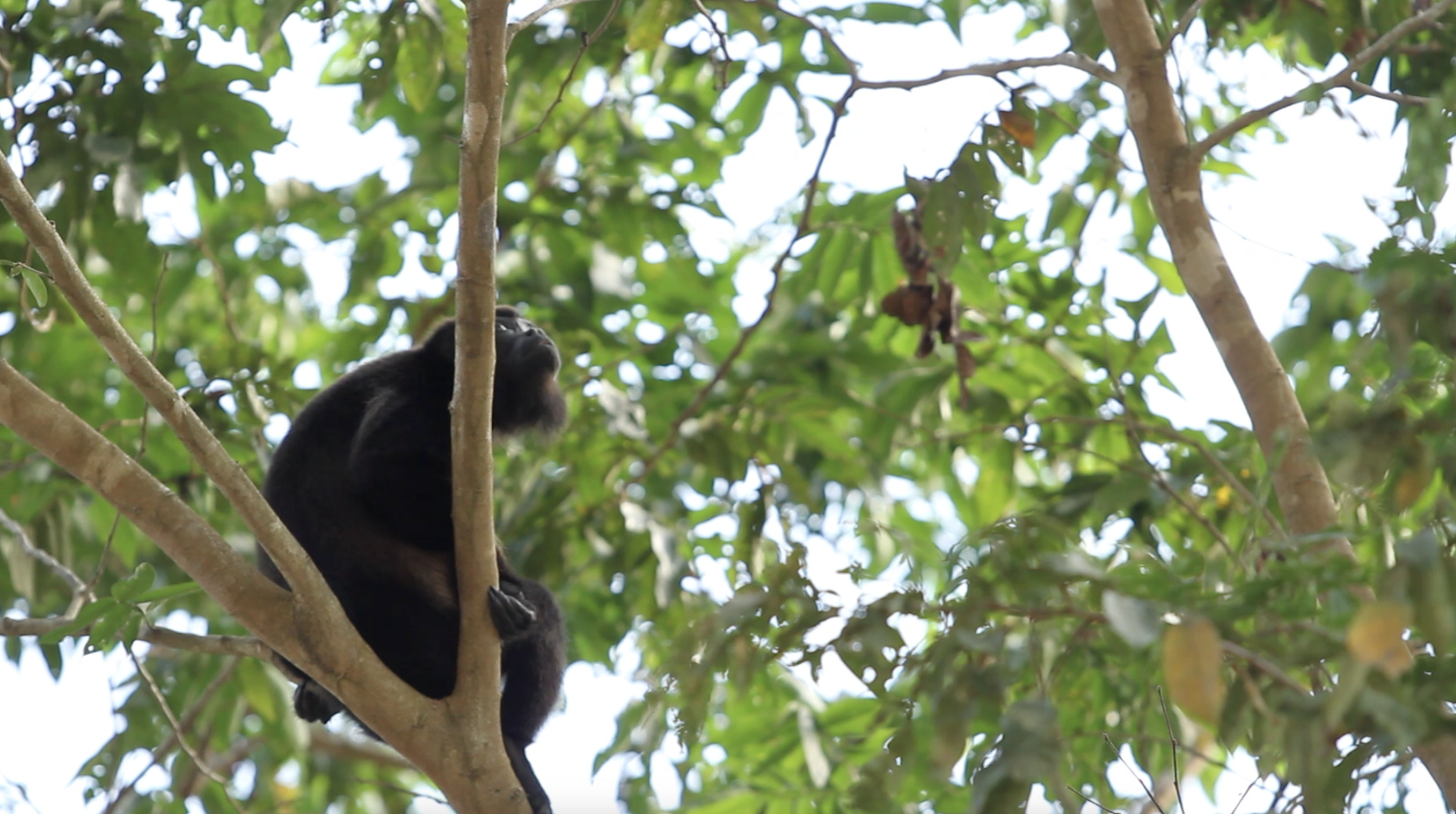
wildlife
—————————
From arboreal wildlife like the howler monkeys, to major birds of prey, macaws and other animals, our efforts are paying off as the coastal forests once again become hosts to the local fauna.
Howler monkey (Allouatta palliatta)
Started returning to Guiones in 2022, and are now being seen more often and in bigger numbers.
Northern Tamandua Anteater (Tamandua mexicana)
Spotted here in a Plumeria (Plumeria rubra) tree in the 2019 dry season, in North Guiones.
Scarlet Macaw (Ara macao)
Now one of the most iconic birds in Costa Rica, the Scarlet Macaw was once nearly extinct, including in the Central Pacific Coastline. Breeding efforts and coastal restoration have played a huge role in recuperating this species’ populations and habitat. Here are a couple feeding off of almonds from Terminalia catappa trees planted back in 2009-2010 in Playa Hermosa.
Variegated squirrel (Scirius variegatoides)
Another wild animal who loves to prey on tropical beach almonds (Terminalia catalpa), have become quite common in our main projects in Nosara and Hermosa. This arboreal mammal was deprived of its habitat in beach fronts where forests were devastated in the past century.
Collared Aracari (Pteroglossus torquatus)
This smaller-sized toucan has been a rare sight in Nosara (especially around the beaches) for many years, but now they are becoming more common. This Aracari was spotted by the main entrance of Guiones Beach in dry season 2024.
Birds of Prey
Typically, these big predators require high roosting spots in order to hunt and locate prey. Here are some sitings in Guiones in the recent years.
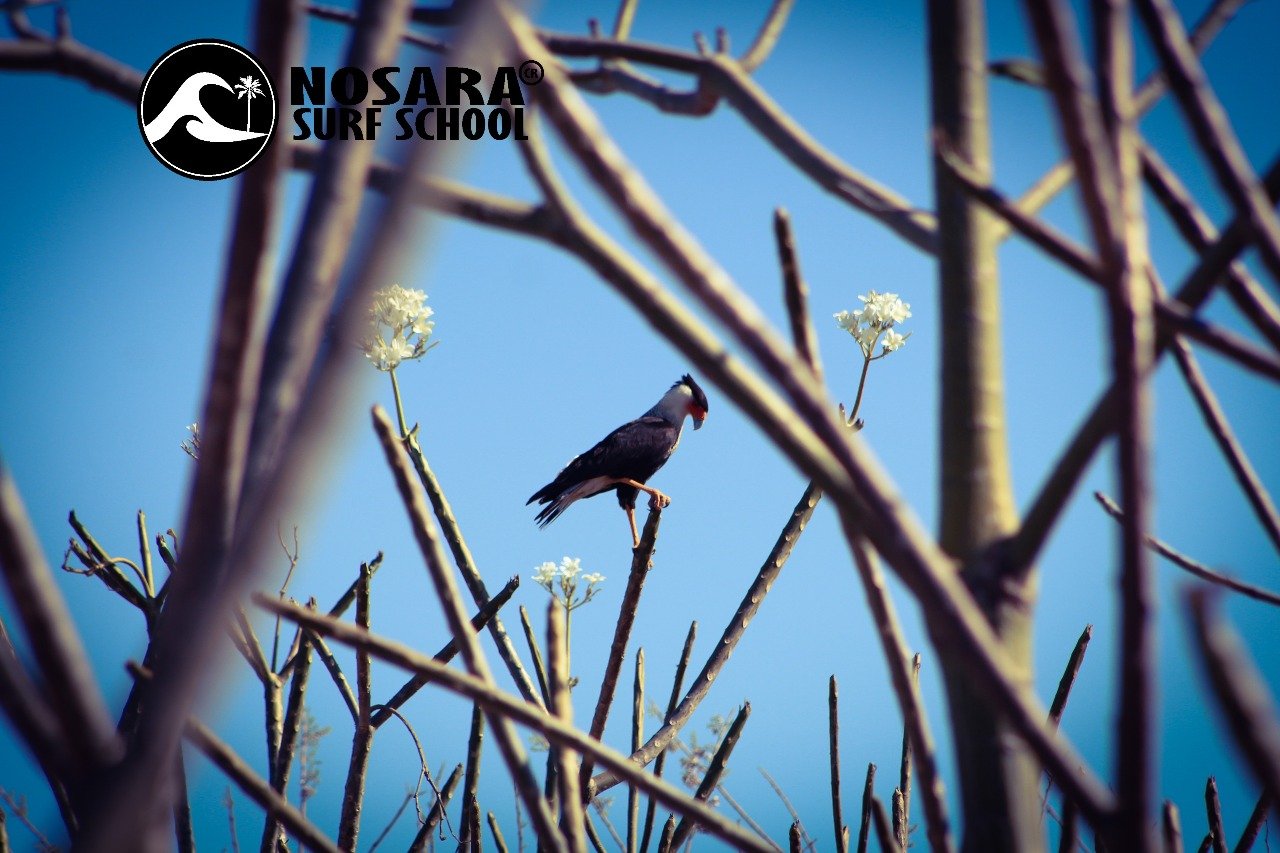
Crested Caracara (Caracara planks)
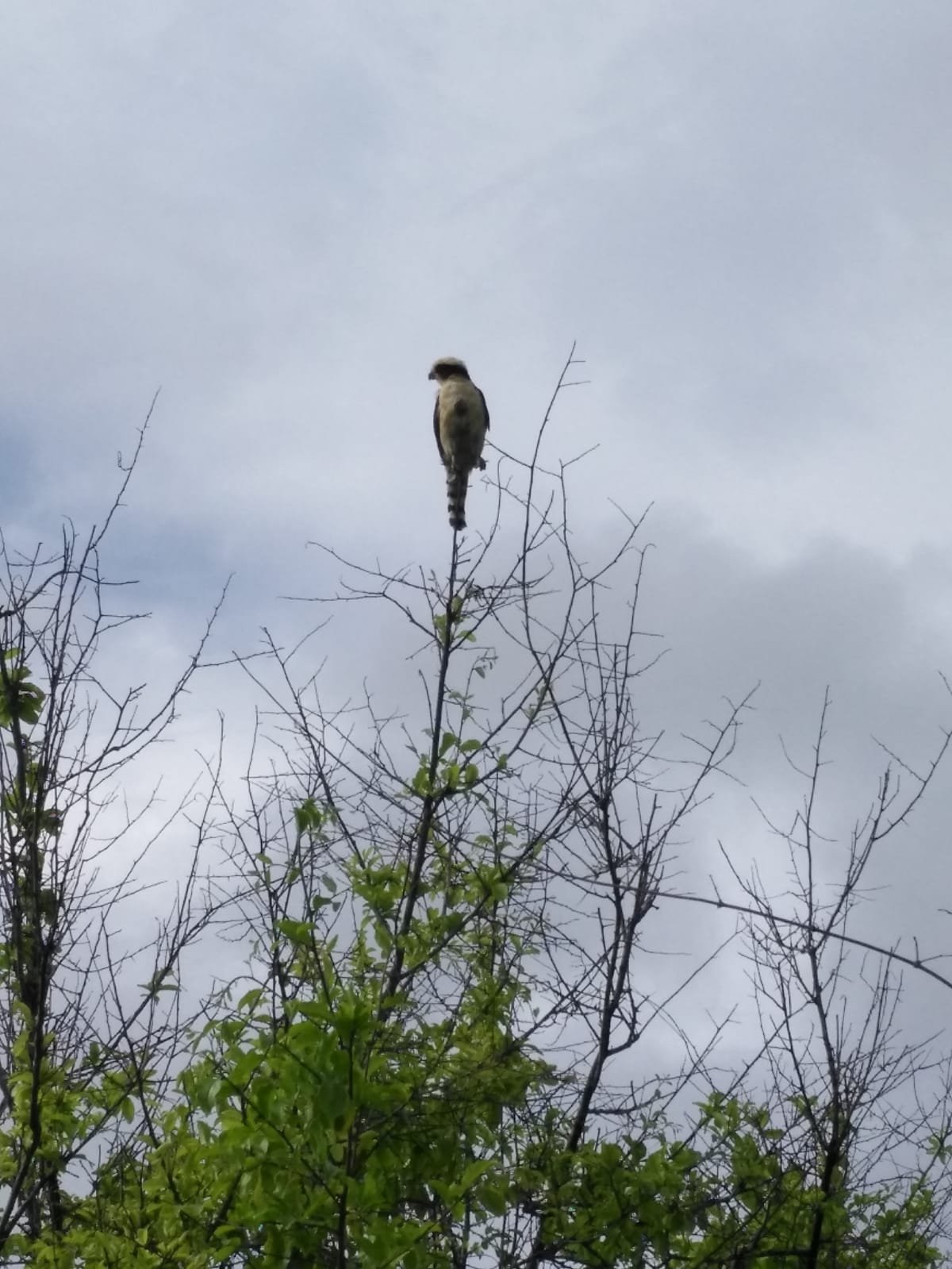
Laughing Falcon (Herpetotheres cachinnans)
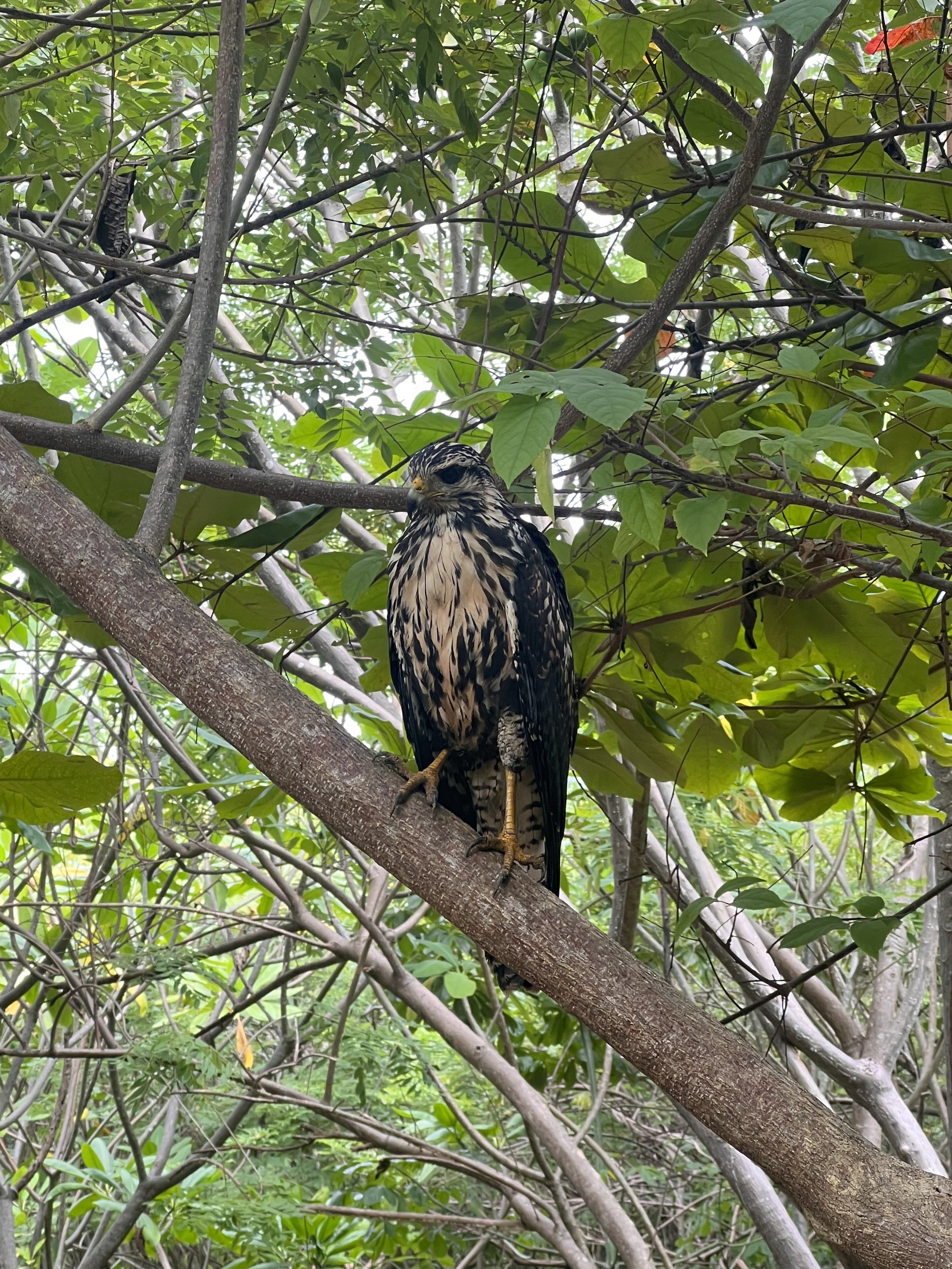
Common Black Hawk (Buteogallus anthracinus)
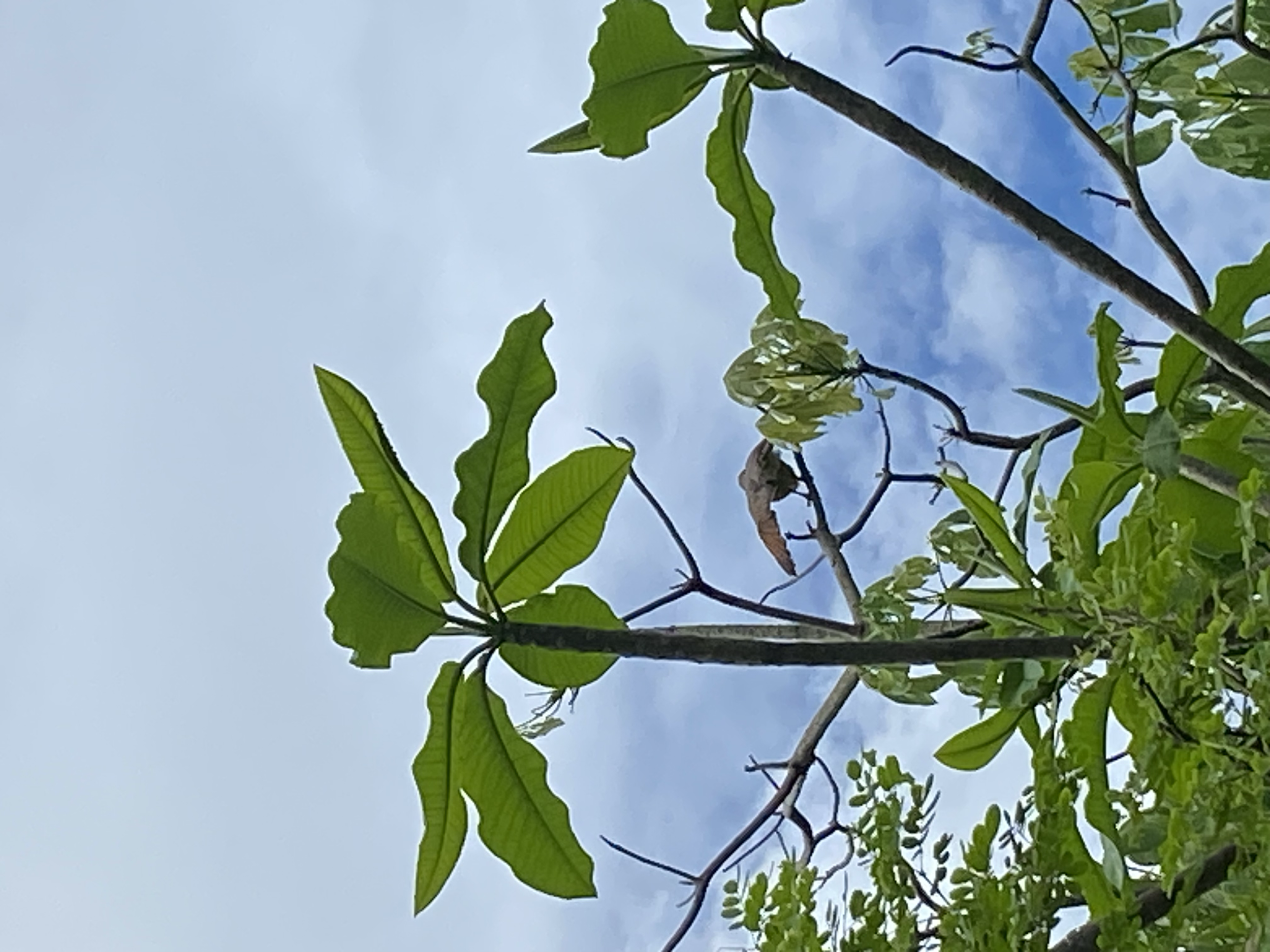
Roadside Hawk (Rupornis magnirostris)
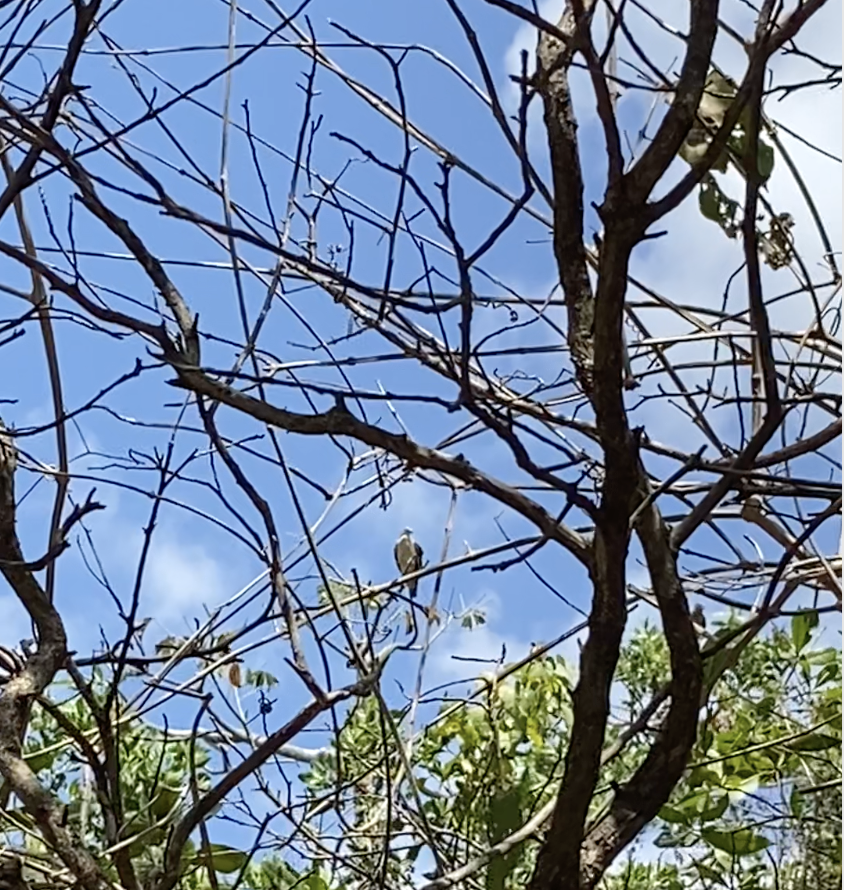
Osprey (Pandion haliaetus)
Other Fauna
From reptiles such as snakes and iguanas, to more birds such as trogons and cuckoos, check out some recent sitings in Guiones.
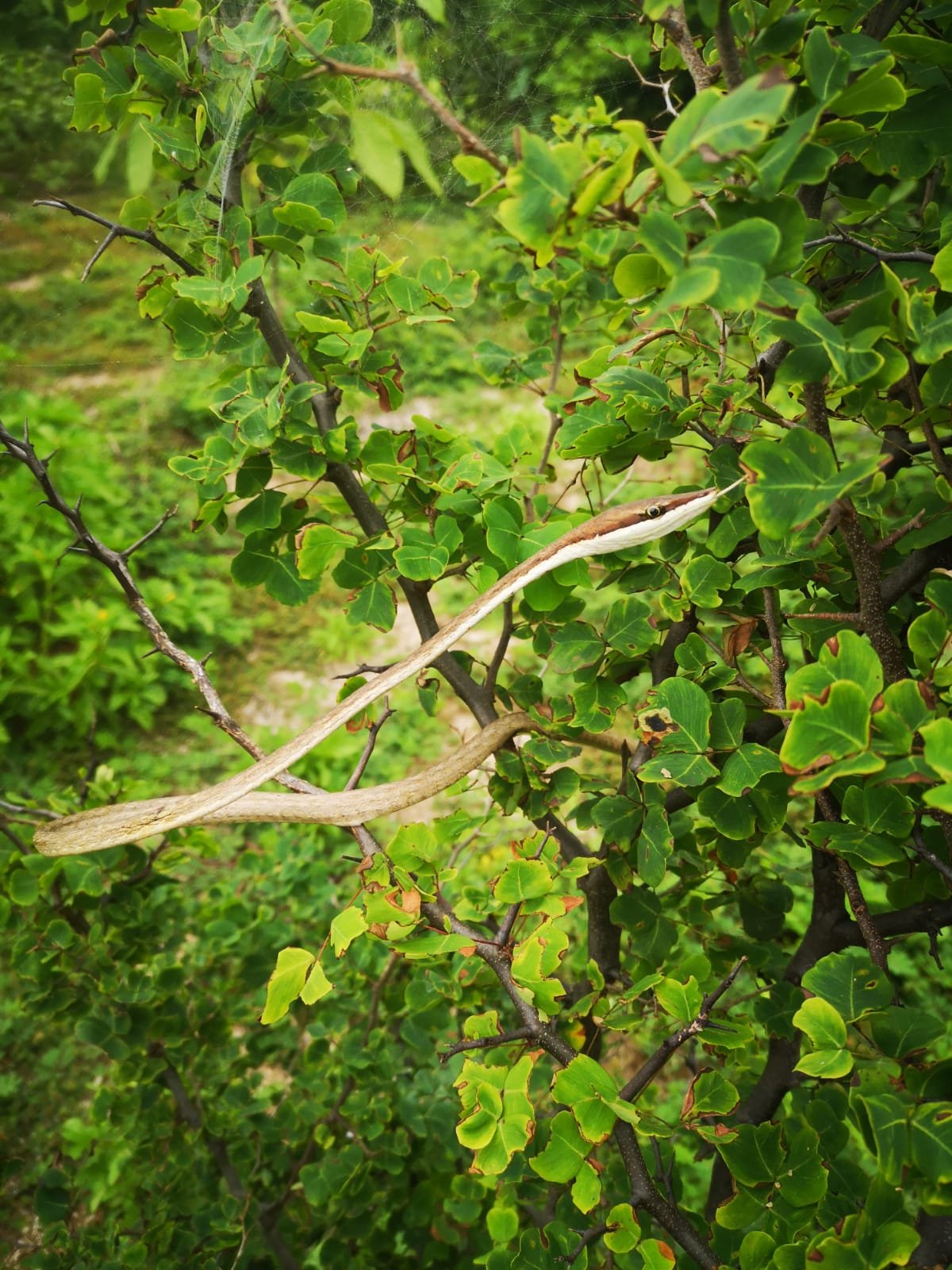
Brown vine snake (Oxybelis aenues)
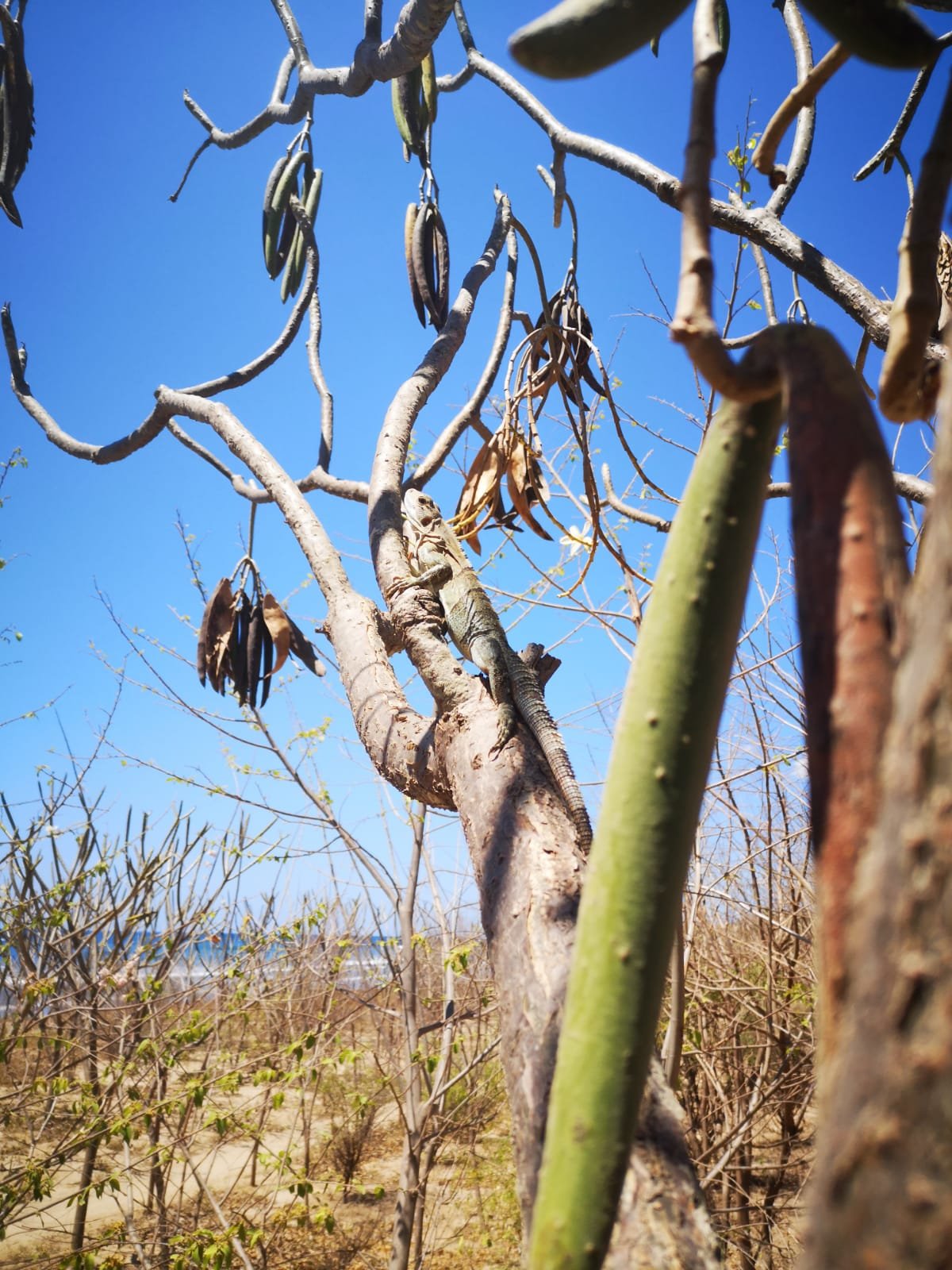
Black iguana (Ctenosaurus similis)
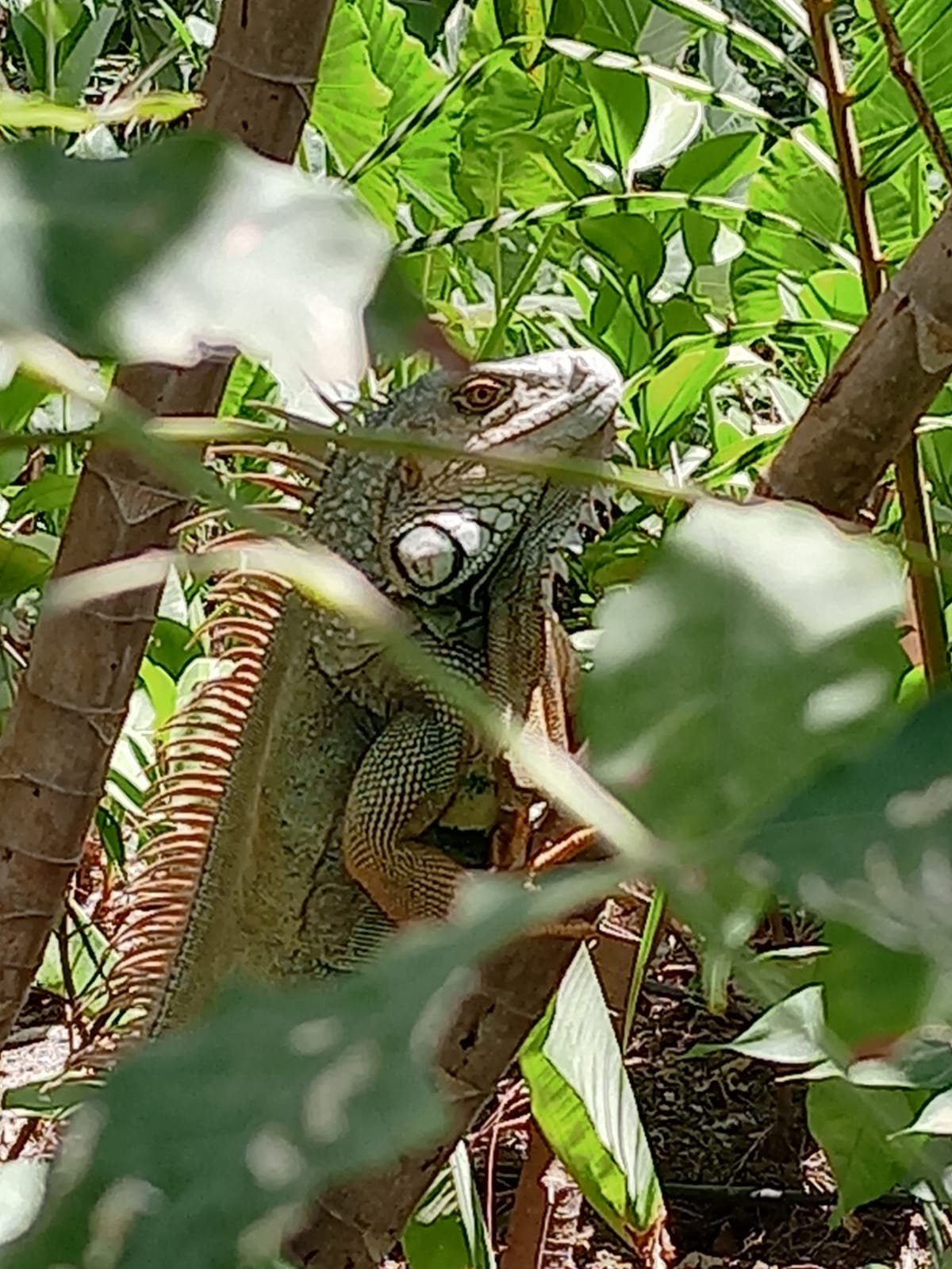
Green iguana (Iguana iguana)
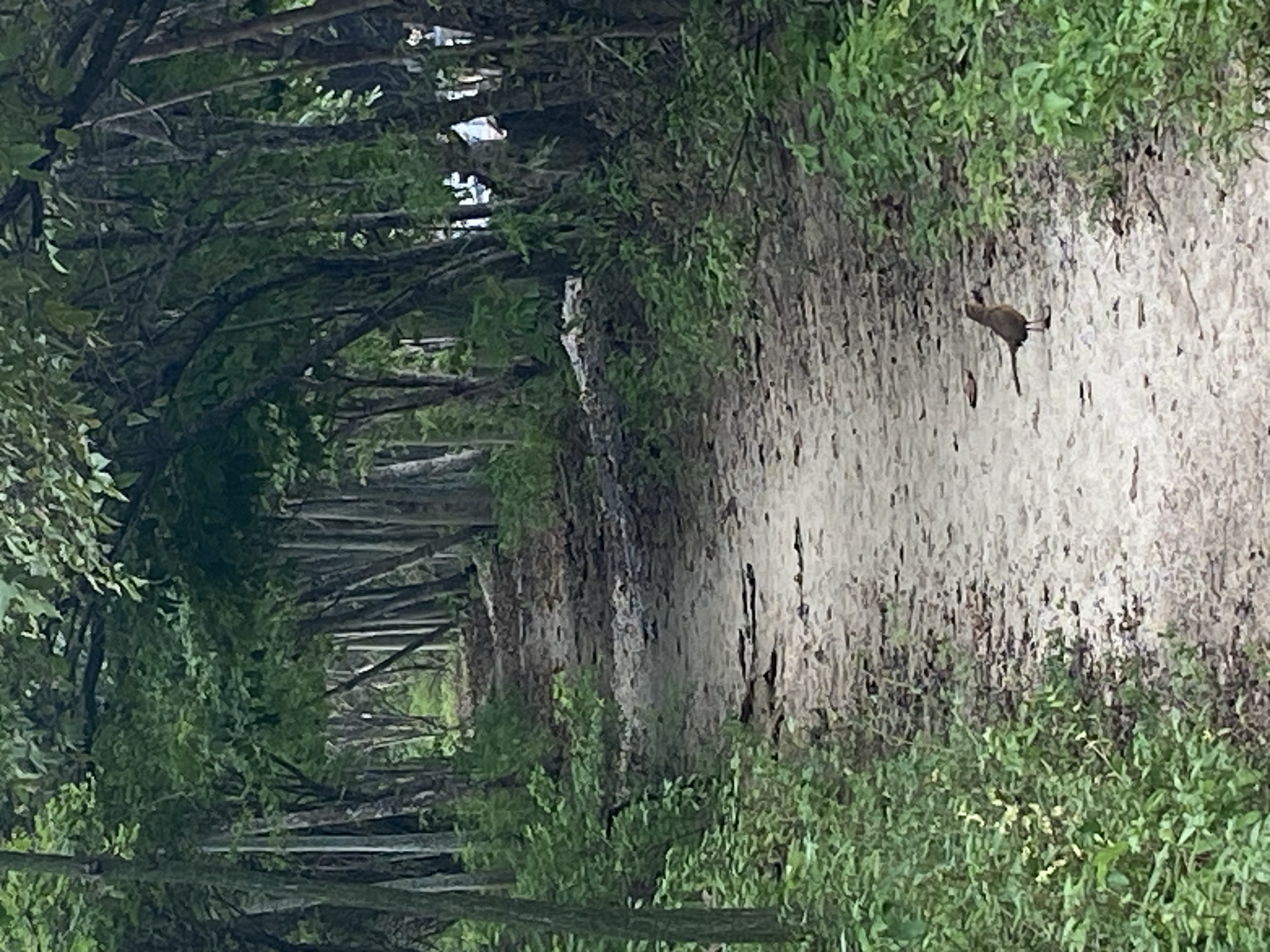
Lesser ground cuckoo (Morococcyx erythropygus)
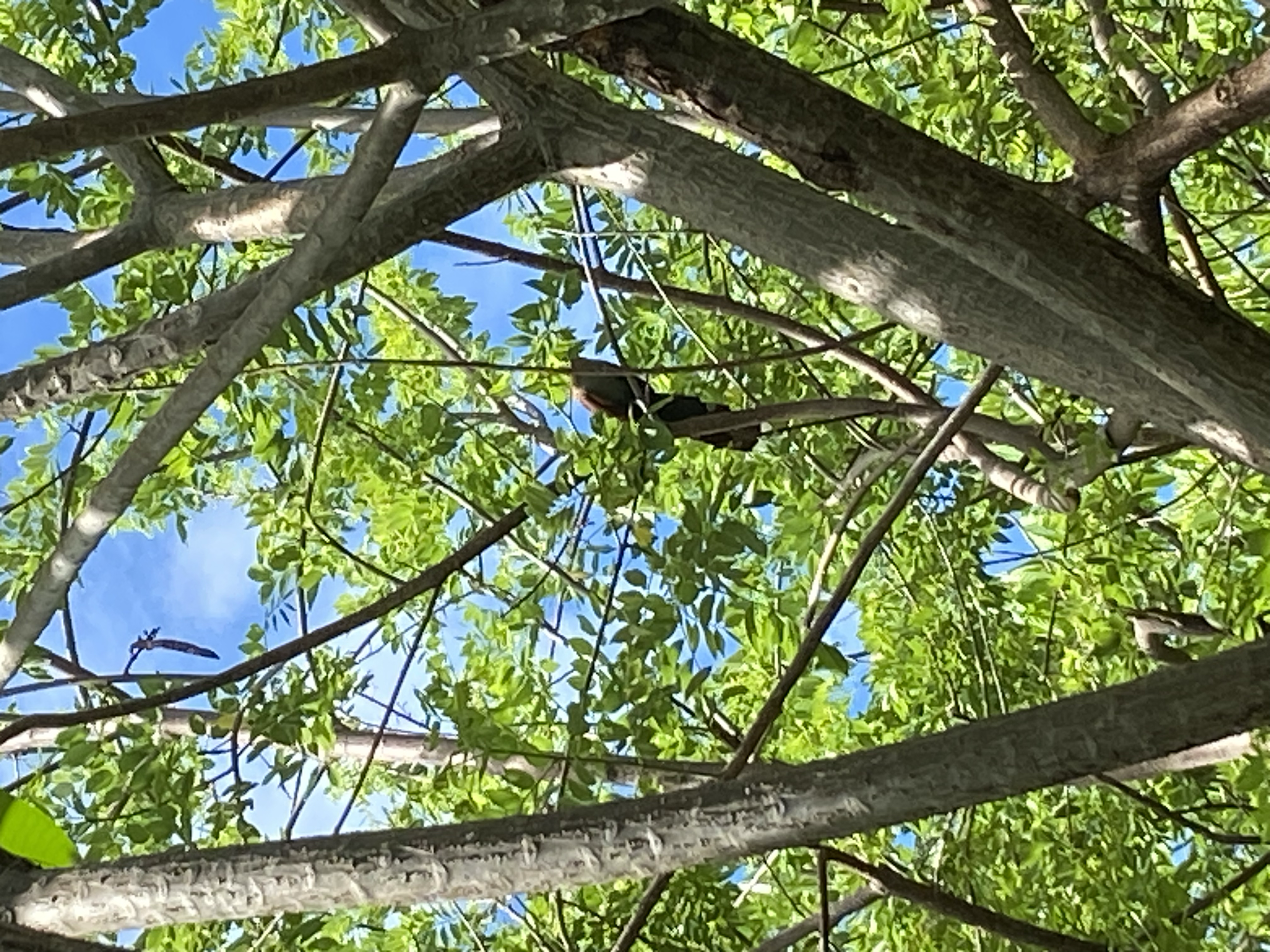
Squirrel cuckoo (Piaya cayana)
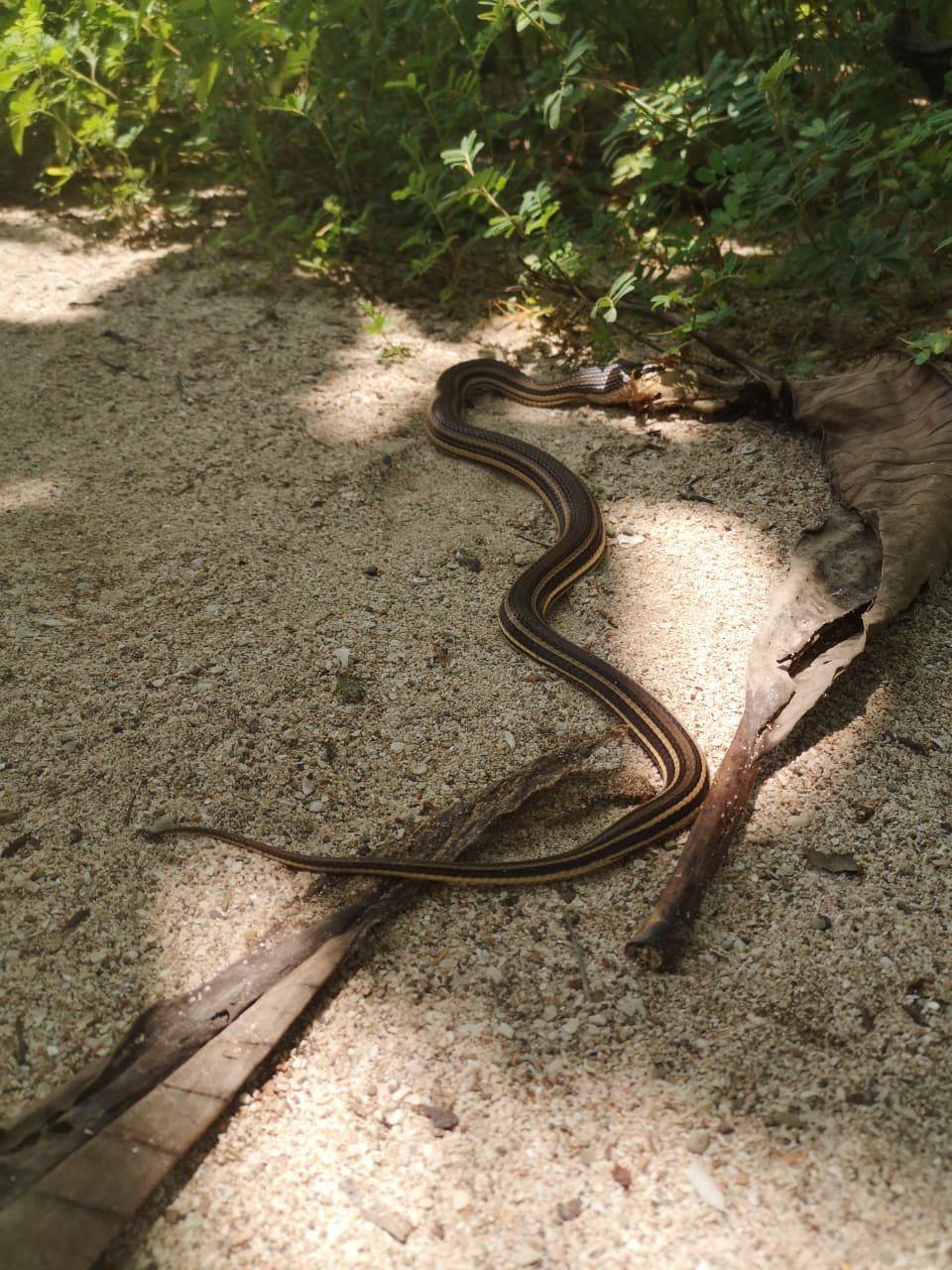
Road guarder snake (conophis lineatus)

